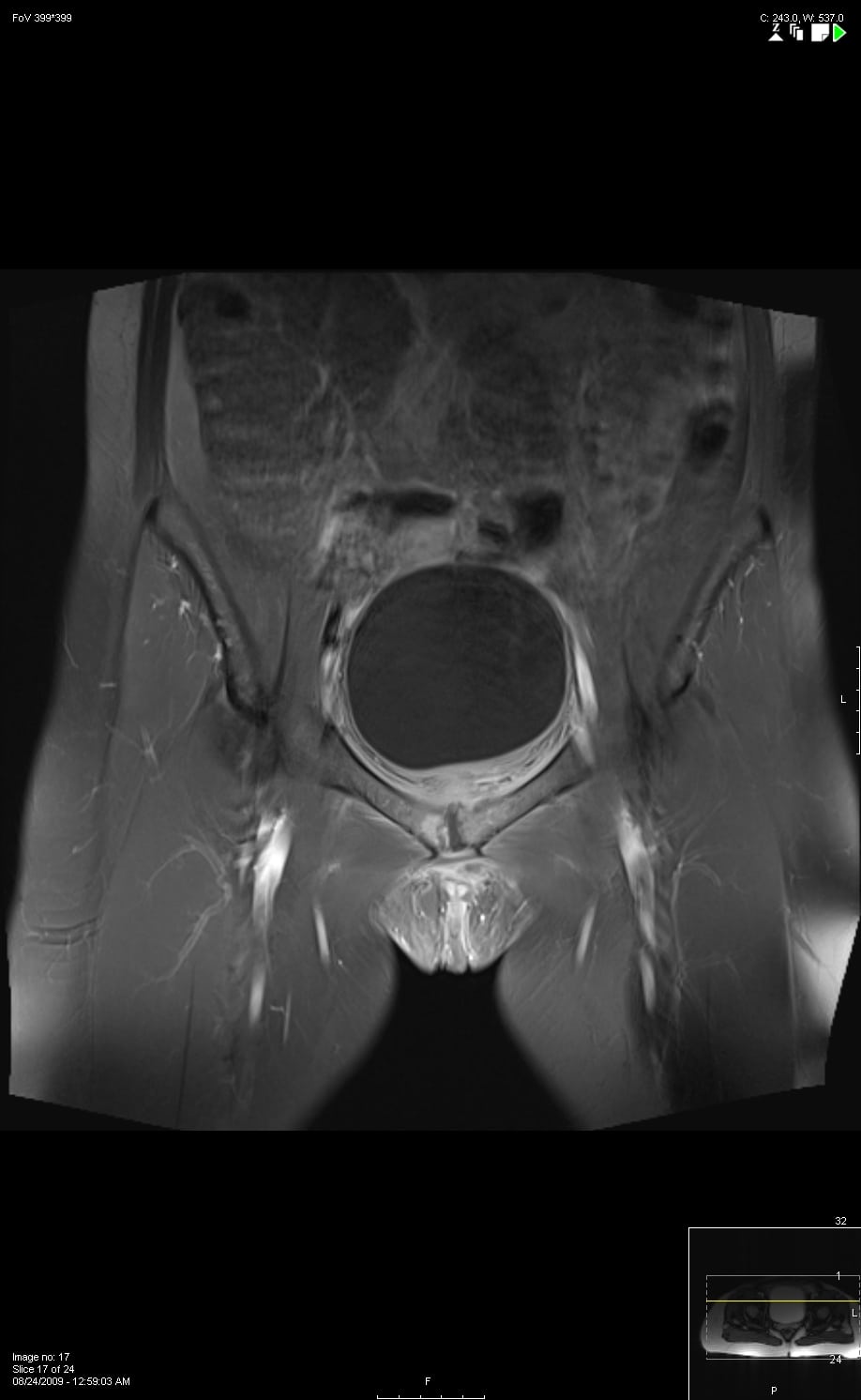Table of Content
Some of this increase in the average age of residents appears to be attributable to the aging-in-place of persons with psychiatric disorders. Although nearly a third of the residents reported having a mental, emotional, or nervous condition, and 11 percent had a diagnosis of mental retardation/developmental disabilities, only 22 percent of the residents were age 18 to 64. More than half of the direct care operators reported working around the clock with an additional 9 percent working more than 60 hours per week (Exhibit 5-7).
More than 90% of the residential care homes are licensed for six or fewer residents housed in a private residential home setting. There are facilities licensed to care for more than six residents but they are usually retirement complexes or specialty facilities built to care for elderly people In this setting the facility is often called an Assisted Living Facility. Half the homes reported that outside agencies, such as home health agencies, provided nursing care to residents who needed such care on a temporary or episodic basis.
CCLD Services and Notifications
In Section 3, Section 4, and Section 5 of the report we sometimes reference specific appendix exhibits. We hope that this comprehensive presentation of the descriptive results will provide the reader with an overall picture of board and care facilities, their similarities, and their differences. Resident activity level within the home provides some insight into the degree to which facility residents interacted with each other. Only 6 percent of residents reported no involvement with facility activities, while over half of the residents were involved in some type of activity either all or most of their waking hours (Exhibit 6-10). Exhibit 6-4 and Exhibit 6-5 also summarize the significant levels of functional impairment among residents. Seven percent were bedfast or chairfast, and 15 percent used a wheelchair as a primary model of locomotion.
Another 35 percent of operators in licensed homes and 22 percent in unlicensed homes reported that they required some preservice and some on-the-job training for staff. The term "assisted living facility" is used to describe a variety of facilities that provide both housing and personal care. They include "board and care homes," which are often six bed facilities in residential housing as well as much larger facilities. Some facilities primarily serve adults under age 60 and others primarily serve adults age 60 and over (Residential Care Facilities for the Elderly—RCFEs).
6 Social Interactions
Sixteen percent were RNs, and 9 percent were LVNs or LPNs (Exhibit 5-4). Almost half of the board and care home staff members were between the ages of 35 and 54. Another 29 percent were younger than 35, including 10 percent who were younger than 25. The mean age of staff in board and care homes was 43 (Exhibit 5-1). There was wide disparity in personal income reported by board and care operators.

There are few people for the resident to have to deal with, the number of staff is small, one or two people, and there is a lot of close supervision and support for the Alzheimer’s patient which can lower anxiety and stress. The only negative is that small facilities very often have limited activities, which for some Alzheimer’s patients can be a detriment to their well being if they are active or very restless. Some residential care facilities utilize community resources such social day care programs for their residents, which addresses the need for stimulating activity, both mental and physical. Most elderly people find that there needs fall beneath having to access skilled nursing services and therefore don’t need to be housed in a nursing home.
Prerequisites for residents
Although they clearly indicate compliance with State regulations, these structural measures characterizing the training of staff are not necessarily evidence that more extensive regulation improves the quality of the home. Nonetheless, training of board and care home staff was one of the features our expert panel felt could make a difference in the lives of the residents who are so dependent upon their caregivers. This is the second in a series of four reports that summarize study findings and methods. This report presents descriptive findings on the characteristics of board and care facilities, operators, staff, and residents. Section 2 briefly describes the study design and sampling and analytic methodology; more detailed discussion is presented in the Technical Report Study Methods. Section 3, Section 4, Section 5, and Section 6 describe the facilities, operators, staff, and residents in the board and care homes in this 10-State study.
Common living area – Like any other house, residents share common living and dining areas. The board and care resident population was overwhelmingly white , non-Hispanic , female , and widowed, divorced, or never married . This population profile remains virtually unchanged from that described in the earlier board and care studies . About half of the staff in small facilities had been working at the same home from 1 to 5 years, compared to 40 percent of the staff in large facilities. Conversely, 40 percent of the staff in large facilities were relatively new (i.e., worked in facility for less than 1 year) as opposed to 34 percent of small facility staff (see Table B-2).
ASPE placed a high priority on the need to evaluate board and care quality for several reasons. The first thing to remember is that when looking for a board and care home in your particular state, this type of home might go by a different name. If you can’t find what you are looking for under the term board and care, try residential care homes or group homes. Talk with your loved one’s healthcare providers to get some recommendations. Board and care homes will be much smaller and average between two and ten residents. However, some of these homes may provide limited personal care, making it very important to find out exactly what you can expect before making a decision.
It seems clear that board and care residents fall somewhere between nursing home residents and residents of other residential settings with fewer services. In general, board and care home residents are more impaired than residents of congregate apartments, for example ; however, on average, they are less impaired than nursing home residents. For example, 65 percent of nursing home residents received assistance in locomotion, whereas only 9 percent of board and care residents received such assistance. Fifty-eight percent of nursing home residents received hands-on assistance or supervision in eating, while only 6 percent of the board and care residents received such assistance. Nearly two-thirds of nursing home residents had urinary incontinence, while only 23 percent of the board and care residents were incontinent. Slightly more than two-thirds of the nursing home residents had moderate to severe cognitive impairment, but only 40 percent of the board and care residents were similarly impaired.
Almost half of the staff of board and care homes had been trained in caring for the elderly, mentally ill, and/or people with MR/DD, as well as in medication management. Thirty-nine percent had been trained in caring for the elderly, MI, and/or MR/DD only, and 2 percent had been trained in medication management only. Of these staff members, about one-third were facility operators who provided direct care to residents , thus they also completed the operator questionnaires.

The Office of the Assistant Secretary for Planning and Evaluation in the U.S. Department of Health and Human Services has a long-standing interest in the potential of board and care homes to meet the needs of aged and disabled persons for residential services. ASPE commissioned a study in the early 1980s by Denver Research Institute that described board and care homes and residents in five States and investigated the effect of regulation on quality of care . Other studies during the 1980s also attempted to describe homes and residents, the regulation of these homes by States, and the role these facilities play in providing long-term care (i.e., Reichstein and Bergofsky, 1980; Sherwood et al., 1981). An RCFE provides non-medical care and supervision for persons 60 years or older who may need assistance with activities of daily living. RCFE residents should not require on-going medical assistance from facility staff.

No comments:
Post a Comment